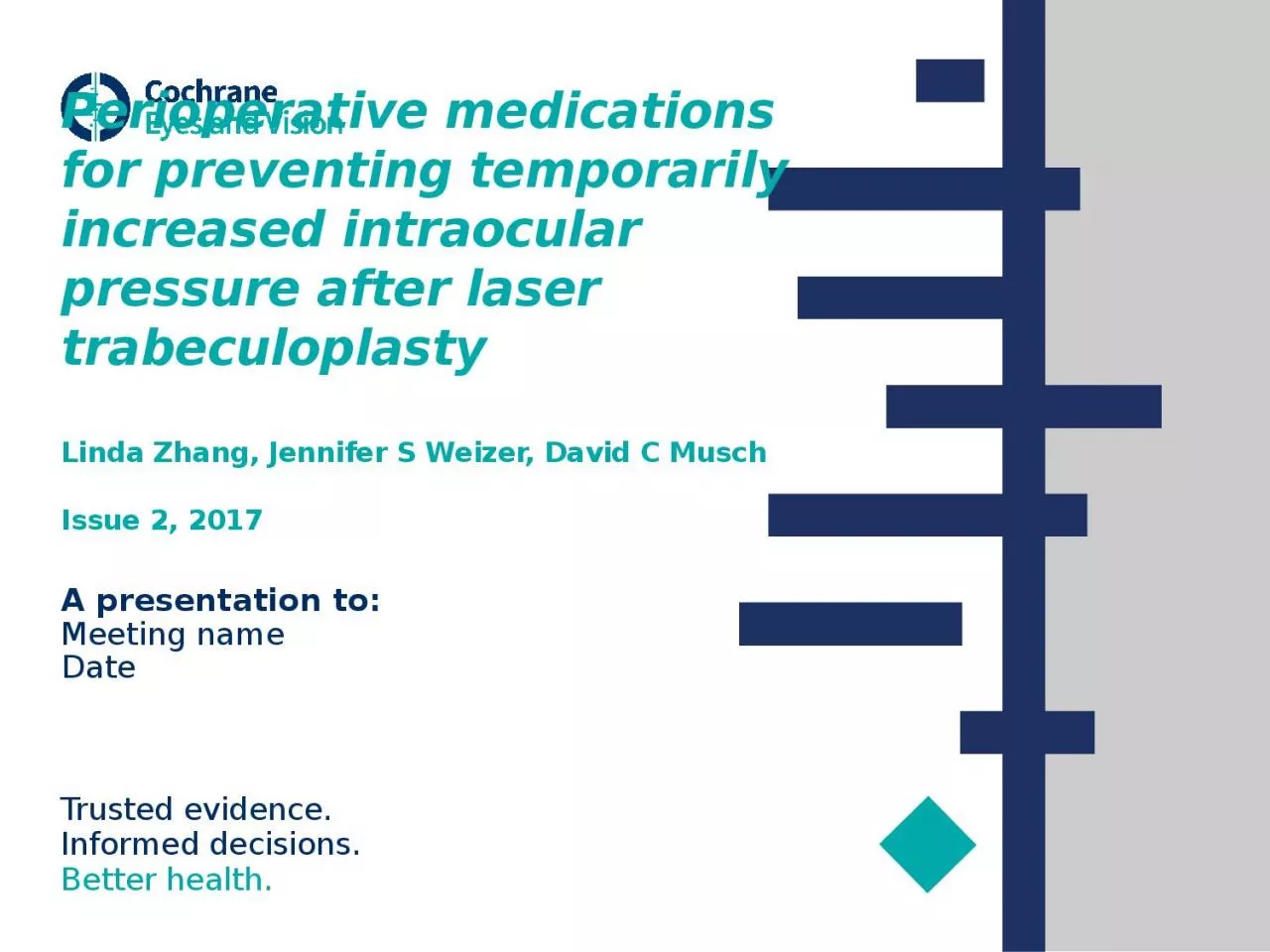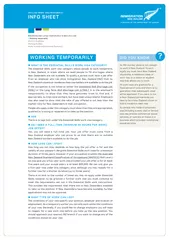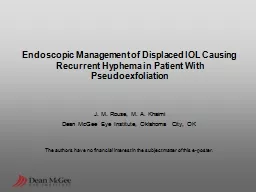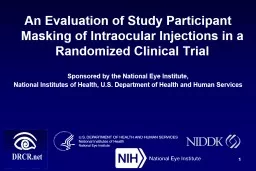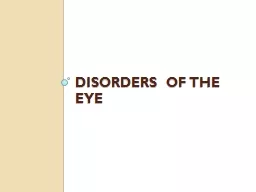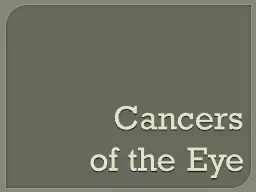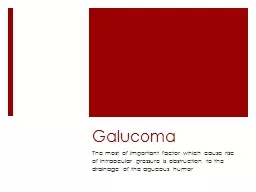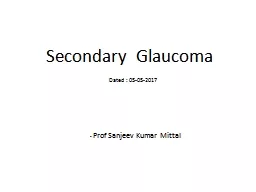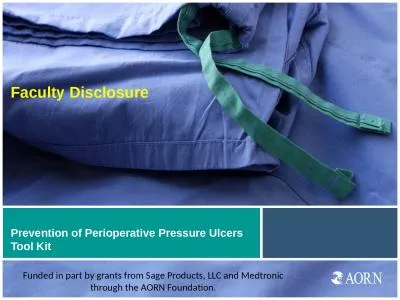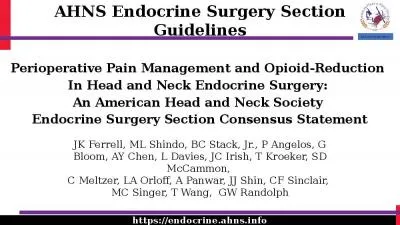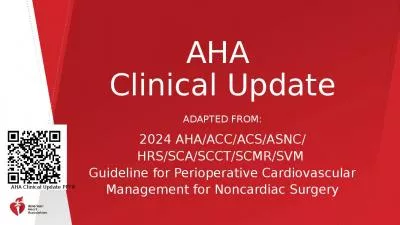PPT-Perioperative medications for preventing temporarily increased intraocular pressure after
Author : julia | Published Date : 2022-07-15
Linda Zhang Jennifer S Weizer David C Musch Issue 2 2017 A presentation to Meeting name Date Table of Contents 01 Background 02 Types of studies 03 Key results
Presentation Embed Code
Download Presentation
Download Presentation The PPT/PDF document "Perioperative medications for preventing..." is the property of its rightful owner. Permission is granted to download and print the materials on this website for personal, non-commercial use only, and to display it on your personal computer provided you do not modify the materials and that you retain all copyright notices contained in the materials. By downloading content from our website, you accept the terms of this agreement.
Perioperative medications for preventing temporarily increased intraocular pressure after: Transcript
Download Rules Of Document
"Perioperative medications for preventing temporarily increased intraocular pressure after"The content belongs to its owner. You may download and print it for personal use, without modification, and keep all copyright notices. By downloading, you agree to these terms.
Related Documents

